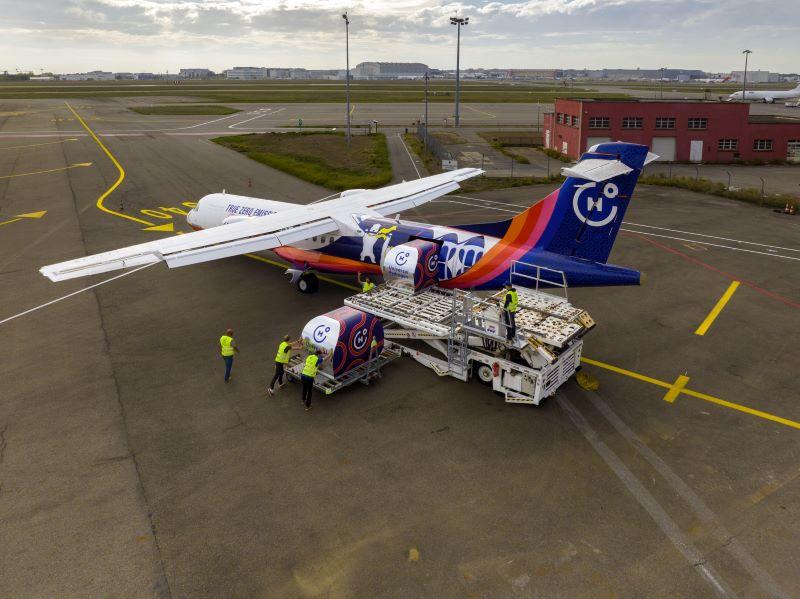
Credit: Universal Hydrogen
Regional turboprops retrofitted with hydrogen fuel-cell propulsion could service 15-20% of the market, reduce emissions by almost 90%, and help develop the hydrogen infrastructure at airports, concludes a study by the nonprofit International Council on Clean Transportation (ICCT). The study led by...
Subscription Required
This content requires a subscription to one of the Aviation Week Intelligence Network (AWIN) bundles.
Schedule a demo today to find out how you can access this content and similar content related to your area of the global aviation industry.
Already an AWIN subscriber? Login
Did you know? Aviation Week has won top honors multiple times in the Jesse H. Neal National Business Journalism Awards, the business-to-business media equivalent of the Pulitzer Prizes.





